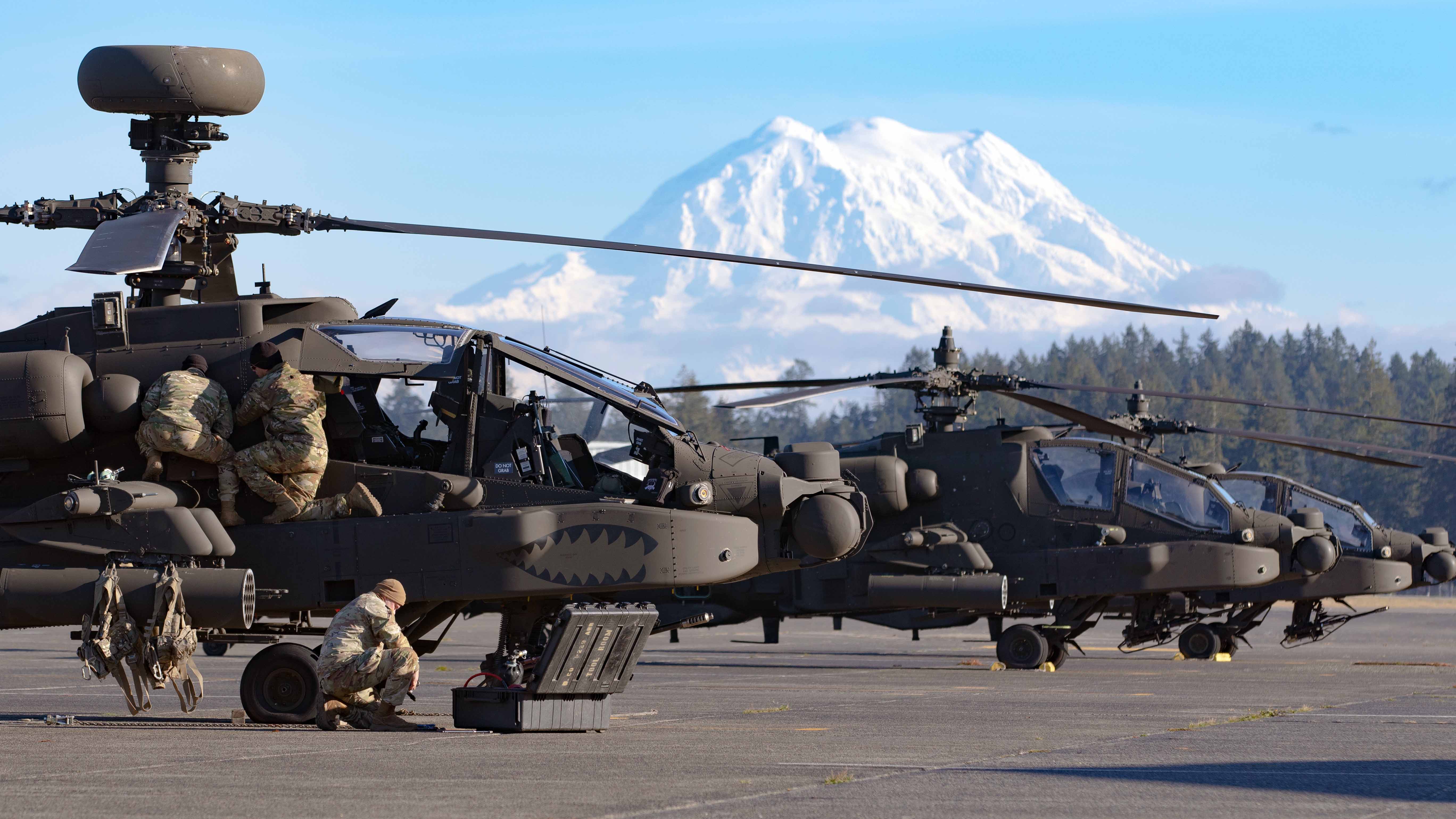Predictive Maintenance Can Save Lives, Money
Predictive Maintenance Can Save Lives, Money

Predictive maintenance on military weapons systems is already showing great value, according to a new report from the Government Accountability Office.
“According to the Army, the use of predictive maintenance helped the Army avoid four serious aircraft accidents,” according to the December report.
“Army officials also told us about an incident when the use of predictive maintenance prevented loss of life. Specifically, health monitor sensors on an AH-64 Apache helicopter detected a nose gearbox malfunction that may have failed within a few hours,” the report says. The early detection “may have prevented an accident, saved the lives of two personnel and prevented the loss of the aircraft,” the commander of the Army Aviation and Missile Command told GAO.
Some limits remain, though, and progress has been fragmented. GAO, the investigative arm of Congress, says the Army and the other services need a stronger, better-resourced program with better staffing and more sufficient authority to take advantage of the potential capabilities.
Army officials told GAO that predictive maintenance is reducing costs. An example cited in the report says CH-47 Chinook helicopter battalions saved $24 million and more than 6,200 maintenance hours using predictive technology. Money and time have also been saved with UH-60 Black Hawk helicopters and with tactical wheeled vehicles, the report says.
Greater success with preventive maintenance requires some culture change in maintenance units, as well as purchasing more portable notebooks that allow users to download the data that is being collected.
The Army concurred with a GAO recommendation that a single entity be given authority and resources to implement predictive maintenance across the Army.
The report is available here.

